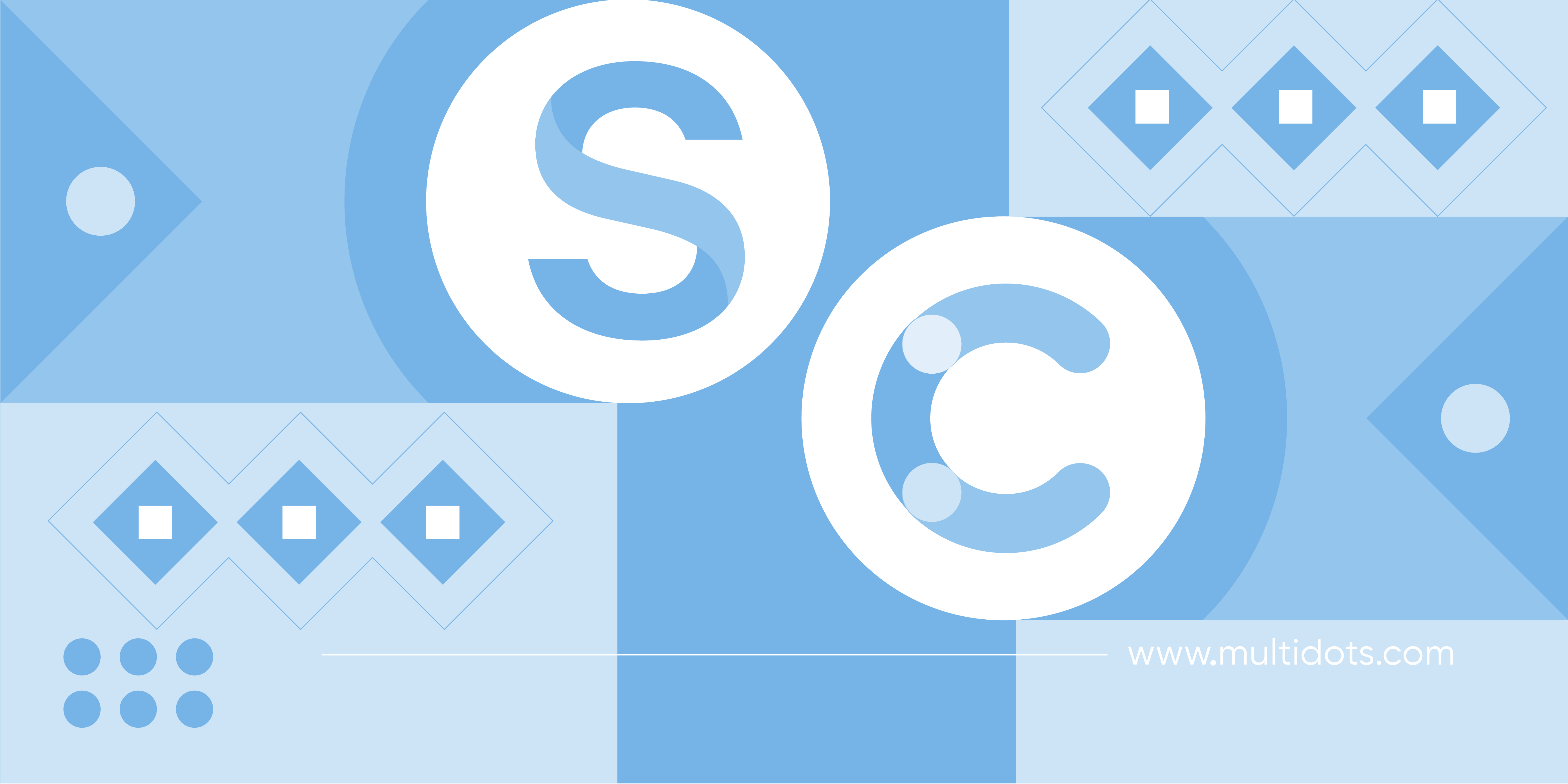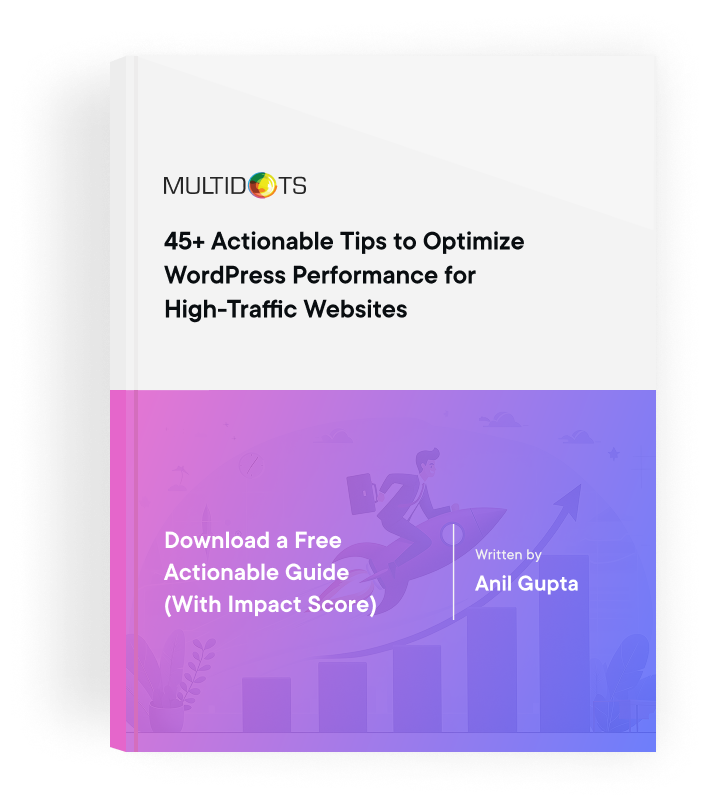Which Headless CMS Wins Between Sanity vs Contentful
Compare Sanity vs. Contentful on enterprise features, pricing, security, and scalability—plus, see why headless WordPress stands out.

Table of Contents
For enterprises, content is a critical asset that drives growth and engagement. Choosing the right platform is essential, and with 99% of businesses who switched to a headless CMS reporting improved performance, the value is undeniable. These platforms offer exceptional flexibility, delivering content across websites, apps, and other digital channels while supporting scalability.
But how do these modern systems compare to traditional CMSs? Before diving into the specifics of Contentful and Sanity, it’s important to understand the differences between headless and traditional approaches to managing content.
Want to head straight to the comparison? Check out our TL;DR comparison table.
What's the Difference Between Headless and Traditional CMSs?
Traditional and headless CMS
A headless CMS separates content management from its display, delivering content via API endpoints and CDNs. This approach delivers fast, efficient content to any platform or device. In contrast, traditional CMSs rely on direct database queries, tightly integrating the backend with the frontend interface.
WordPress can give you the best of both by using its REST API, enabling traditional content management while supporting headless functionality. For enterprises, this hybrid architecture provides greater flexibility, flexible customization options, and scalability, all without sacrificing usability – a significant advantage for businesses aiming to deliver omnichannel experiences!
An In-Depth Comparison of Sanity vs Contentful
Sanity vs Contentful
When it comes to enterprise-level content management, Sanity and Contentful are two of the most prominent headless CMS options. Each platform offers something different, with capabilities that cater to varying business needs. Let’s look closer to determine which would be better for you.
TL;DR Comparison Table
| Feature | Sanity | Contentful |
|---|---|---|
| Query Language | GROQ: Highly flexible for precise filtering and data retrieval. | GraphQL: Powerful but offers fewer options than GROQ. |
| Setup and Usability | Requires more development time due to high customization potential. | Predefined content types for quick setup but limited flexibility. |
| Customization | React-based framework for full Studio redesign and bespoke workflows. | App Framework for integrations within predefined constraints. |
| Performance | Content Lake with optional CDN-based API for scalable performance. | Handles 90B+ API calls monthly via Fastly and CloudFront CDNs. |
| Scalability | Schemaless database design for dynamic scaling. | Structured data model may limit scalability as demands grow. |
| Security | Built on Google Cloud; encryption at rest and in transit. | AWS-based; advanced threat detection with GuardDuty. |
| Authentication | Integrates with Google and GitHub. | Enterprise SSO for secure access. |
| Cost Model | Usage-based pricing for flexible scaling. | Fixed-tier pricing, predictable but may become expensive. |
| Support | Dedicated support for enterprise clients. | Support starts at Basic tier. |
| Documentation | Developer-focused documentation. | Comprehensive guides for easier onboarding. |
| Community and Partners | Active community. | Active community; broader range of implementation partners. |
| Open-Source vs Proprietary | Open-source Studio; highly customizable with increased maintenance. | Proprietary; reliable with reduced maintenance requirements. |
Ease of Use of the Platforms
Sanity's GROQ query language is a game-changer for enterprises handling complex data. It allows precise filtering and retrieval, giving teams the freedom to tailor their content queries exactly as needed. Contentful, while solid, uses GraphQL, which offers fewer options for query customization.
However, Contentful’s predefined content types make setup quick and straightforward, perfect for teams that want to get up and running fast. But this simplicity can limit flexibility when content requirements evolve. Sanity Studio, on the other hand, allows extensive customization, allowing for tailored workflows. The result? It demands far more development time and expertise.
Sanity’s code-first approach puts developers in the driver’s seat, offering control over content models. In contrast, Contentful’s UI-first methodology simplifies the process, making it accessible for non-technical teams. The choice here depends on your team’s technical proficiency and content strategy needs.
Customizability: Sanity vs Contentful
Sanity offers exceptional customization options thanks to its React-based framework. This means enterprises can redesign their Studio environment from the ground up, tailoring it to fit specific workflows and business needs. Its flexible schema design supports unconstrained content structuring, making it highly adaptable for any project.
Contentful, while less customizable, provides an App Framework for integrating with enterprise systems. These integrations, however, operate within the platform’s predefined constraints, which may limit advanced custom workflows. For enterprises that value adaptability and bespoke solutions, Sanity’s open-ended schema design provides a clear edge over Contentful’s more structured approach.
Comparing Performance and Scalability
Performance is obviously something to think about for any enterprise CMS. Contentful handles over 90 billion API calls monthly, using Fastly and CloudFront CDN to guarantee high-speed content delivery across the globe. This infrastructure provides reliable performance, even during traffic spikes.
Sanity approaches performance differently with its Content Lake architecture, which includes an optional CDN-based API for faster content delivery. Its schematic database design offers remarkable scalability, allowing enterprises to accommodate growing data needs without rigid structural constraints. Contentful’s structured data model can sometimes present limitations as content demands increase.
Security of Sanity vs Contentful
It goes without saying that enterprises take security seriously (and rightly so!) Both Sanity and Contentful offer enterprise-grade security features, including SOC 2, PCI DSS, and GDPR compliance. However, their approaches to authentication are different. Contentful provides enterprise SSO for secure and user access, while Sanity integrates with Google and GitHub for authentication, which may not be strong enough for some enterprises.
Sanity’s infrastructure is built on Google Cloud, ensuring encryption both at rest and in transit. Contentful, meanwhile, runs on AWS and uses GuardDuty for advanced threat detection. Both platforms support role-based access control, but the granularity and implementation of these controls vary, which could influence decisions depending on specific security needs.
Comparing the Cost of Sanity vs Contentful
Contentful operates on a fixed-tier pricing model, starting at $300 per month for the Lite plan, which includes up to 20 users, 1 million API calls, and 100 GB of CDN bandwidth. For larger enterprise needs, the Premium plan offers custom pricing with unlimited API calls, advanced security features, and dedicated support. However, costs can increase significantly as team size and content demands grow.
Sanity, on the other hand, uses a usage-based pricing model, offering flexibility to scale costs with actual usage. For enterprises it is necessary to contact them directly for a quote. Higher-tier enterprise solutions that include features like dedicated support and advanced customizations. This approach allows businesses to align expenses more closely with their needs, although high usage may lead to unpredictable costs.
Both platforms include enterprise features, such as SSO and dedicated support, which can add to the total cost of ownership. Understanding these costs upfront is essential to avoid budget overruns in large-scale implementations.
Support and Community
Contentful offers dedicated technical support starting at its Basic tier, ensuring assistance is readily available. Sanity, however, provides dedicated support exclusively for enterprise clients, which may limit accessibility for smaller teams.
In terms of documentation, Contentful provides extensive guides and resources, making it easier for new users to onboard. Sanity’s documentation is more developer-focused, which can be a double-edged sword depending on the team's technical expertise.
Both platforms have active communities, but the availability of implementation partners varies, potentially affecting project timelines and outcomes.
Open-Source vs Proprietary Software
Finally, the debate between open-source and proprietary software is another difference. Sanity Studio is open-source and offers extensive customization opportunities, allowing enterprises to tailor every aspect of their CMS. This flexibility comes with the caveat of increased maintenance requirements, which may strain internal resources over time.
Contentful’s proprietary platform, while less flexible, guarantees stability and reliability. For enterprises looking for sleek integration with existing systems, the lack of customization might be outweighed by reduced maintenance efforts and predictable performance. The choice between open-source and proprietary software often hinges on an organization’s technical capabilities and long-term goals.
Why Headless WordPress is the Best Choice
We’ve looked at the strengths and weaknesses of Sanity and Contentful. However, if you’re looking for the ideal enterprise CMS then why not WordPress? Generally speaking, headless WordPress is the best choice for enterprises looking for flexible and scalable content solutions.
Its API-first architecture will give you smooth integration with modern frameworks like React and Next.js, meaning you can deliver content across multiple channels while retaining traditional publishing workflows when needed.. High-traffic media sites demonstrate enterprise-grade scalability and reliability, using WordPress to streamline multi-channel content delivery effectively.
If you’re unfamiliar with WordPress or need a bit of a hand navigating it, Multidots specializes in crafting headless WordPress solutions tailored to unique business requirements. Dorian Sullivan, VP of Audience Development at NAB Show, stated, "We all at NAB Show were delighted to work with the Multidots team. They delivered the website on time and absolutely are the Drupal to WordPress migration and Gutenberg experts. Their commitment to quality and service is unprecedented."
With a combination of technical knowledge and a friendly, approachable team, Multidots ensures that every project benefits from optimized workflows and future-proof architecture. Enterprises can count on their proven track record of delivering high-performance, mission-critical websites that scale with business growth!
Ready to Migrate? Get Expert CMS Support with Multidots
Everyone is different, so don’t choose between Sanity and Contentful based on what you’ve heard someone else uses. Both platforms are powerful in their own right, but choosing the right one requires careful evaluation of technical requirements, scalability, and long-term goals.
With over 200 successful WordPress migrations and extensive experience in mission-critical enterprise launches, Multidots is the ideal partner for you to help you make these kinds of decisions and migrate you if necessary.
Whether you’re exploring headless options or looking for a hybrid solution, Multidots is here to give you expert guidance to make sure your CMS aligns perfectly with your business objectives. Reach out to Multidots today to explore the best CMS strategy for your enterprise!
Feel free to schedule a quick call with our migration expert.
Contact Us
